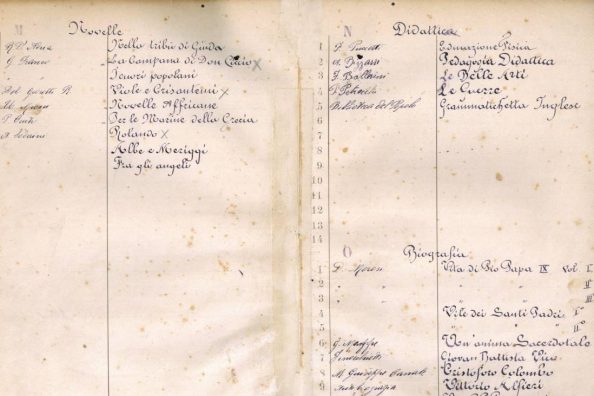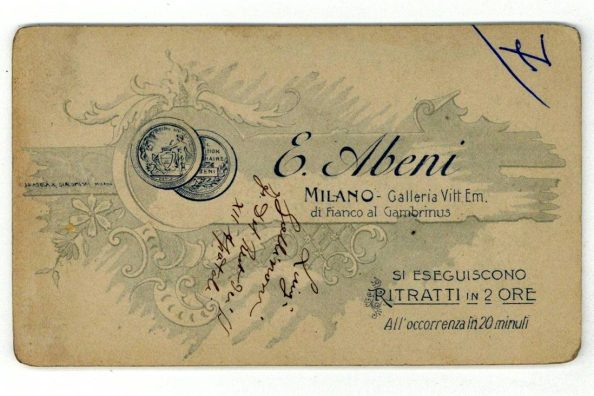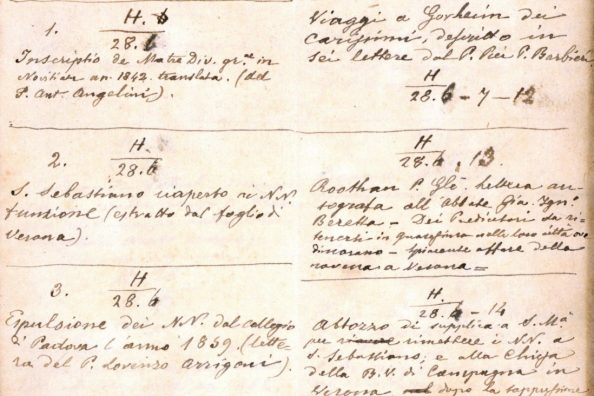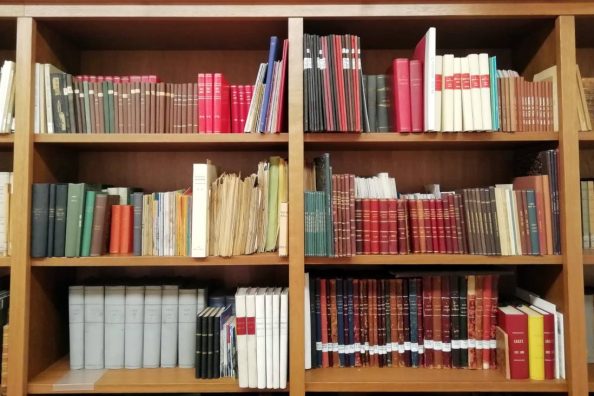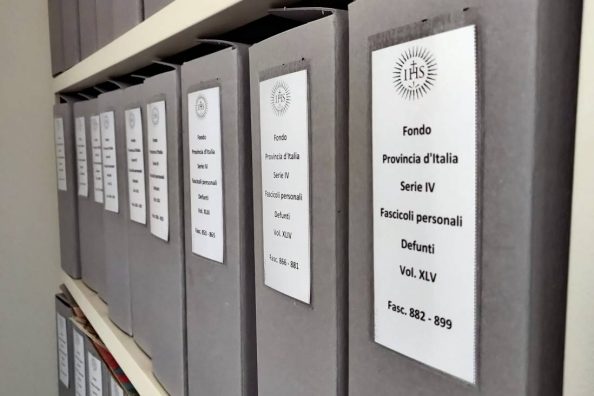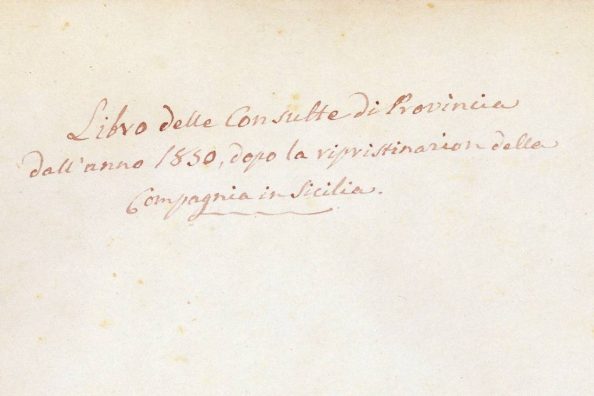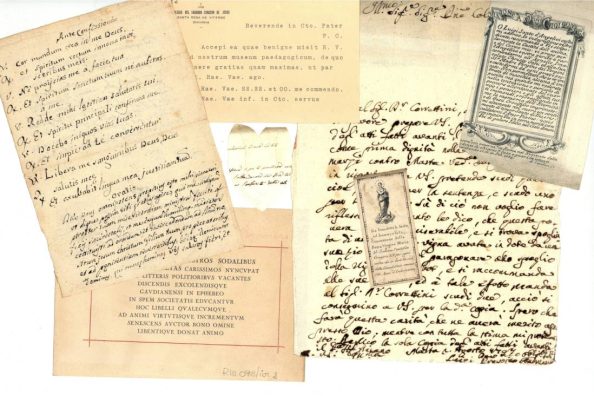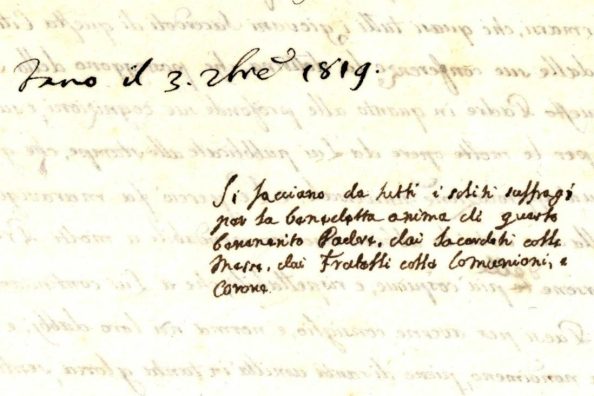The Andrea Doria shipwreck in Father Bortoli’s account
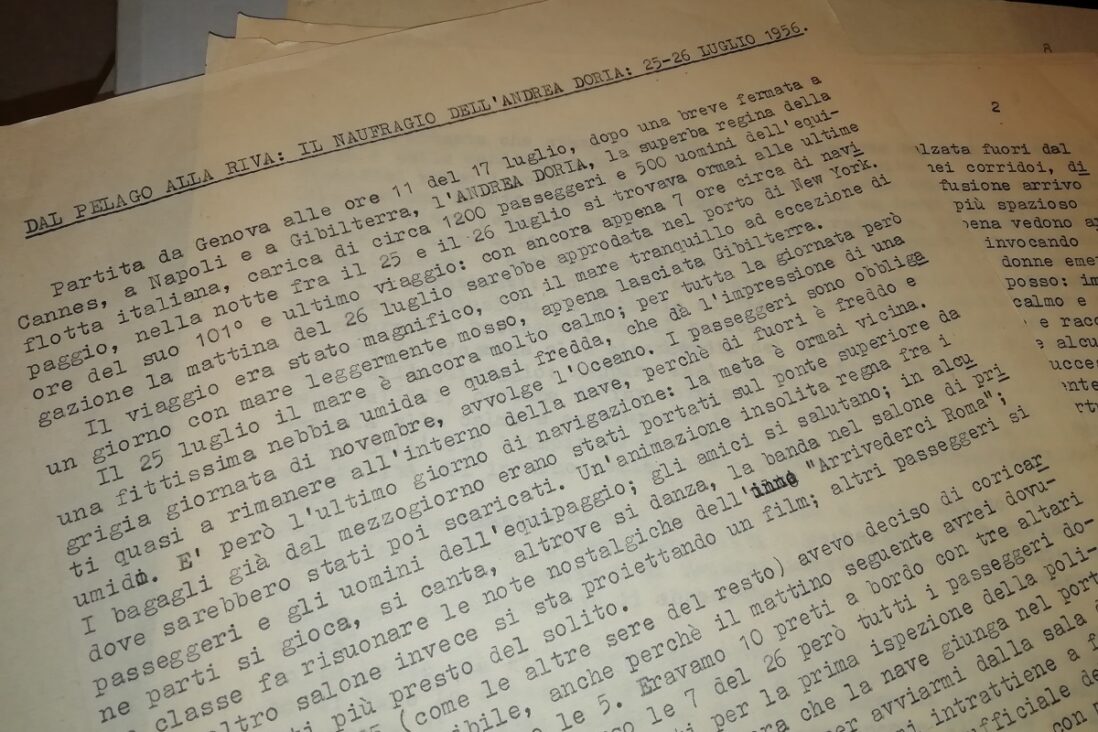
It was the last great shipwreck of a transatlantic liner, contributing to the end of sea crossings to overseas destinations. 64 years ago the Andrea Doria, an Italian transatlantic liner, was sunk not far from the American coast.
It was 26 July 1956, during a peaceful ocean crossing, when the Andrea Doria was rammed by another ship, but for its passengers the cause was not immediately clear.
Why is our column dealing with this famous shipwreck today?
On board the ship, among more than 1,200 passengers, was Fr Giuseppe Bartoli of the Society of Jesus.
He had embarked on the Andrea Doria, in Genoa, to reach New York where he was to complete his philosophy studies.
The ocean liners were considered the safest way to reach America, certainly a cheaper choice than the plane, not yet so popular as a means of transport and above all still very expensive. Jesuits destined for American territories, for study or to carry out their mission, often used ocean liners.
P. Bartoli managed to save himself, the ramming caused the death of dozens of passengers, while it seems that there were no victims during the shipwreck, although the Jesuit tells of some people who died of heart attacks during the rescue operations.
The Jesuit himself tells us that, a few hours after the disaster, he decided to write down what had happened; those memoirs are now in his personal file, the subject of the reorganisation of the ‘personal files’ series of the Veneto-Milanese Provincial Fund.
Let us retrace the last hours of the Andrea Doria through some salient passages of Fr. Bartoli’s memoirs.
He recounts that the shipwreck occurred on the last day of navigation when ‘in some parts people were playing, singing, elsewhere dancing, the band in the first class lounge was playing the nostalgic notes of the hymn “Arrivederci Roma” (Goodbye Rome), in another lounge films were being shown, other passengers were lying down earlier than usual’ Fr. Bartoli explains that at 7 a.m. the next morning the American police would come on board for an inspection of the passengers, even before the ship had landed in ports.
P. Bartoli continues the narration, indicating the time of the collision as a few minutes after 11.20 p.m.: “I hear a strange and violent noise, just something that suddenly and violently crashes against the ship; I see that the corridor a few metres ahead is already full of smoke and the ship at that very moment bends on its right side.
Woken up by the noise of the collision, the passengers “as soon as I saw a priest arrive, many rushed towards me, crying and invoking absolution, the children – about 200 on board – and the women let out heart-rending cries, in those circumstances I do what I can, I give absolution in articulo mortis, I try to be calm and reassure the passengers that the danger is not very serious and I also commend my soul to the Lord’s mercy”.
P. Bartoli reports that the crew did not know exactly what had happened, so they were given the order by the captain to approach the lance decks equipped with lifebuoys to abandon ship “I realise even more that the situation is very serious: in fact, the deck has a very steep slope and on the starboard side it is already very far from the water level: the slope is already about 25 degrees and as the moments pass it is actually increasing […] it is now impossible to stand, you have to hold on to the deck railing”.
Particularly dramatic are the passages in which the Jesuit finds himself with a group of passengers ‘I am still trying to persuade – even though I am personally persuaded otherwise – the people, I was the only priest in a group of about 200 people that the danger is not immediate […] I am perfectly convinced that it is now a matter of perhaps a few moments and I prepare to be submerged by the waters, I was without my life jacket, and to present myself to the Lord’s Court’.
Only a few lifeboats are lowered, as many are in the part of the ship that has risen above sea level, while rescue ships arrive to take the shipwrecked people away.
P. Bartoli leading the group of people around him to the rope that will gradually lead them to the lifeboat is led onto the “Stockholm”, which bears the marks of the collision with the Andrea Doria, since it was this ship that had created the collision.
The Jesuit’s account goes on to recount the assistance given to all those present and to some injured passengers, including a little girl who was thrown from the ship onto a lifeboat and would die on the plane to Boston the next day.
Welcoming Fr. Bartoli to New York was “Fr. Ugo Mesini, my companion in theology in Rome and in America for a year, when I met him I felt like I was reliving: I no longer felt alone and shipwrecked in a foreign land”.
Fr. Bartoli’s thoughts are constantly turned to the injured and those who died in the collision throughout his narrative, which he decides to title Dal pelagio alla riva: il naufragio dell’Andrea Doria: 25 – 26 luglio 1956.
Maria Macchi

